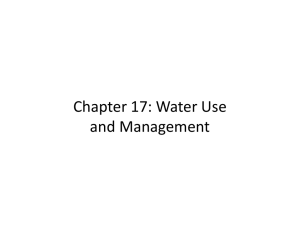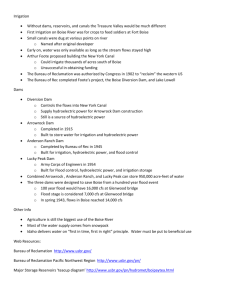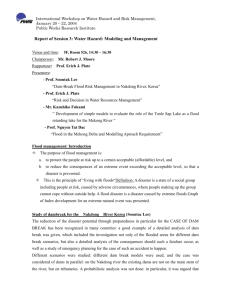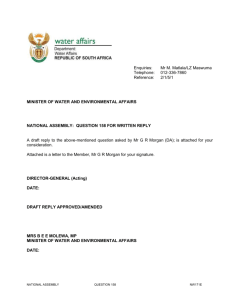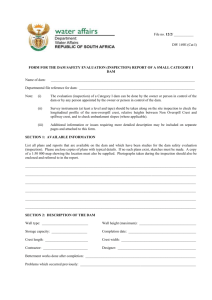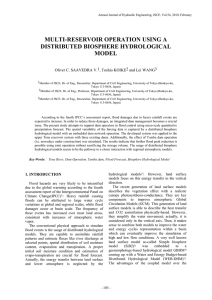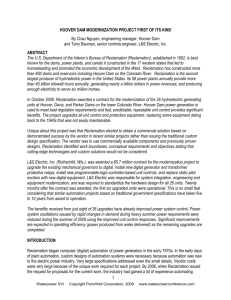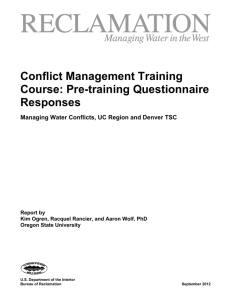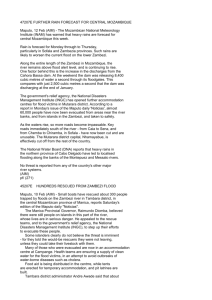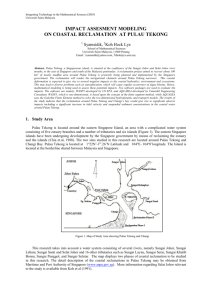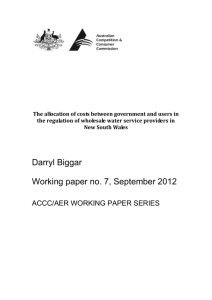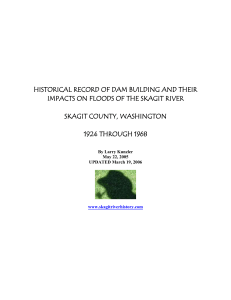Abstract
advertisement
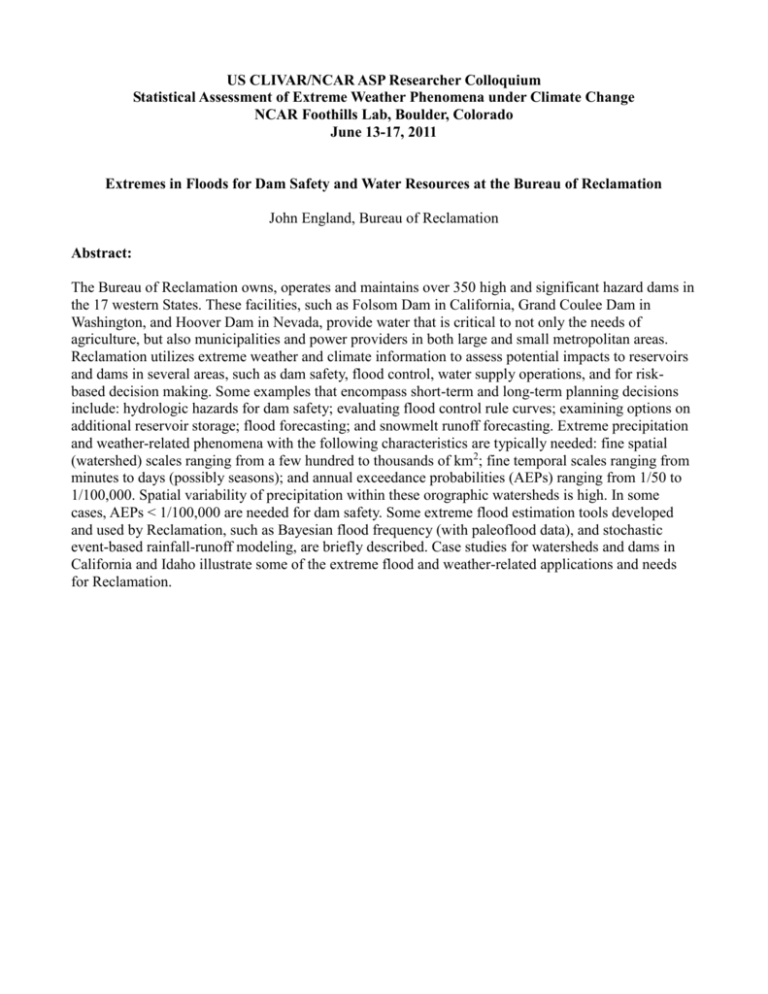
US CLIVAR/NCAR ASP Researcher Colloquium Statistical Assessment of Extreme Weather Phenomena under Climate Change NCAR Foothills Lab, Boulder, Colorado June 13-17, 2011 Extremes in Floods for Dam Safety and Water Resources at the Bureau of Reclamation John England, Bureau of Reclamation Abstract: The Bureau of Reclamation owns, operates and maintains over 350 high and significant hazard dams in the 17 western States. These facilities, such as Folsom Dam in California, Grand Coulee Dam in Washington, and Hoover Dam in Nevada, provide water that is critical to not only the needs of agriculture, but also municipalities and power providers in both large and small metropolitan areas. Reclamation utilizes extreme weather and climate information to assess potential impacts to reservoirs and dams in several areas, such as dam safety, flood control, water supply operations, and for riskbased decision making. Some examples that encompass short-term and long-term planning decisions include: hydrologic hazards for dam safety; evaluating flood control rule curves; examining options on additional reservoir storage; flood forecasting; and snowmelt runoff forecasting. Extreme precipitation and weather-related phenomena with the following characteristics are typically needed: fine spatial (watershed) scales ranging from a few hundred to thousands of km2; fine temporal scales ranging from minutes to days (possibly seasons); and annual exceedance probabilities (AEPs) ranging from 1/50 to 1/100,000. Spatial variability of precipitation within these orographic watersheds is high. In some cases, AEPs < 1/100,000 are needed for dam safety. Some extreme flood estimation tools developed and used by Reclamation, such as Bayesian flood frequency (with paleoflood data), and stochastic event-based rainfall-runoff modeling, are briefly described. Case studies for watersheds and dams in California and Idaho illustrate some of the extreme flood and weather-related applications and needs for Reclamation.





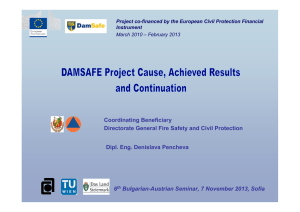


![The Aswan high dam [AHD] built through [1964](http://s3.studylib.net/store/data/007819573_2-2e7bde4c6b95597cdb09f387f7c3abda-300x300.png)

